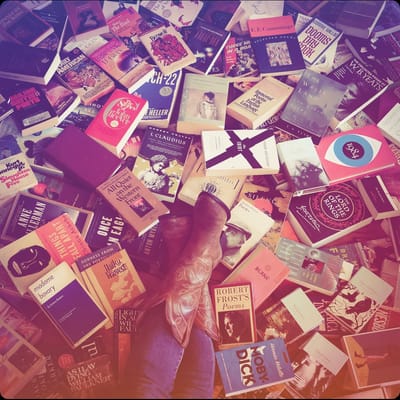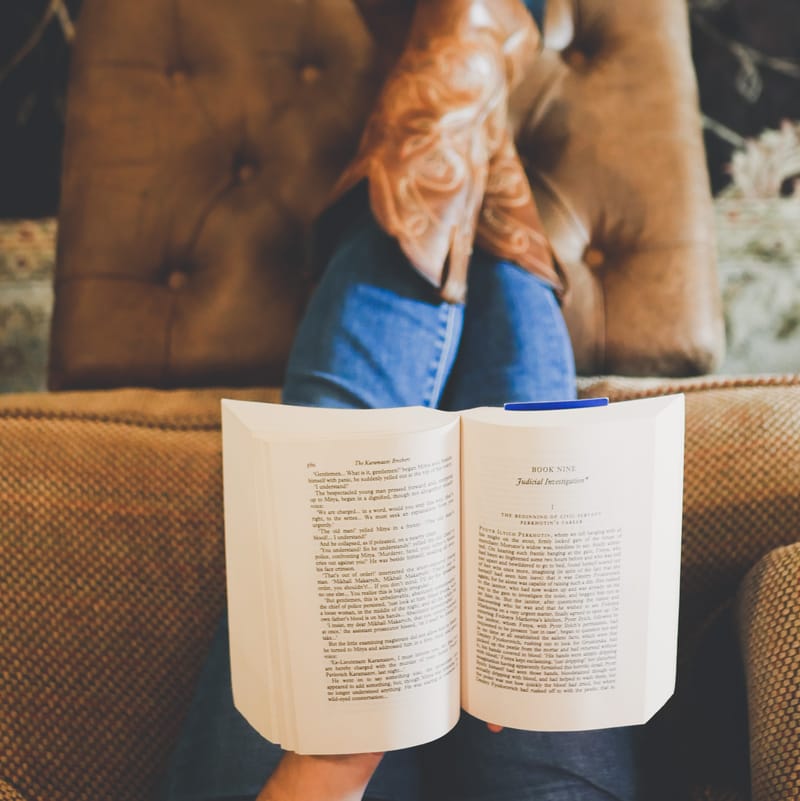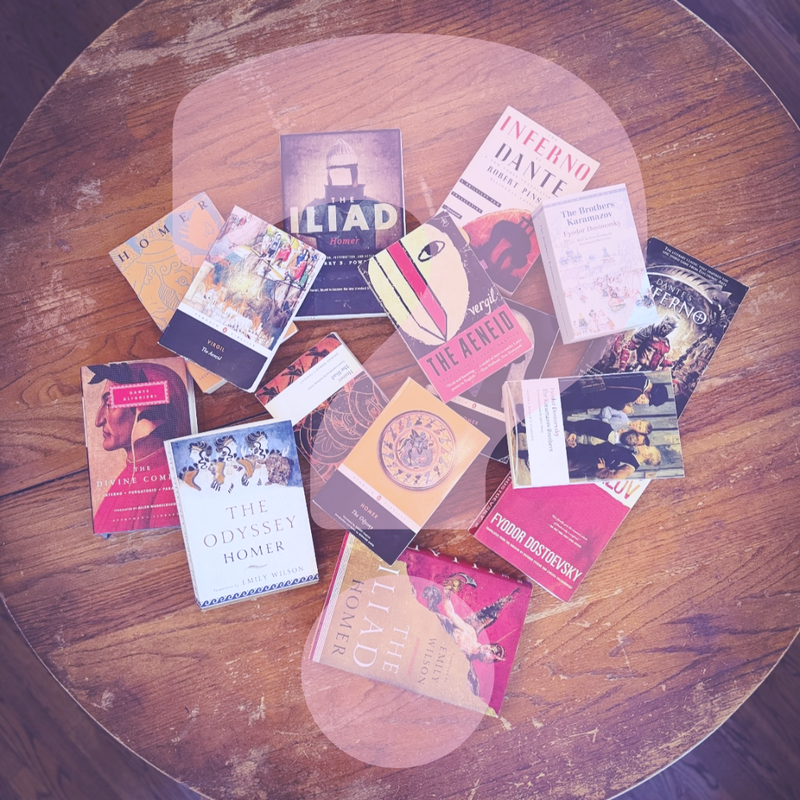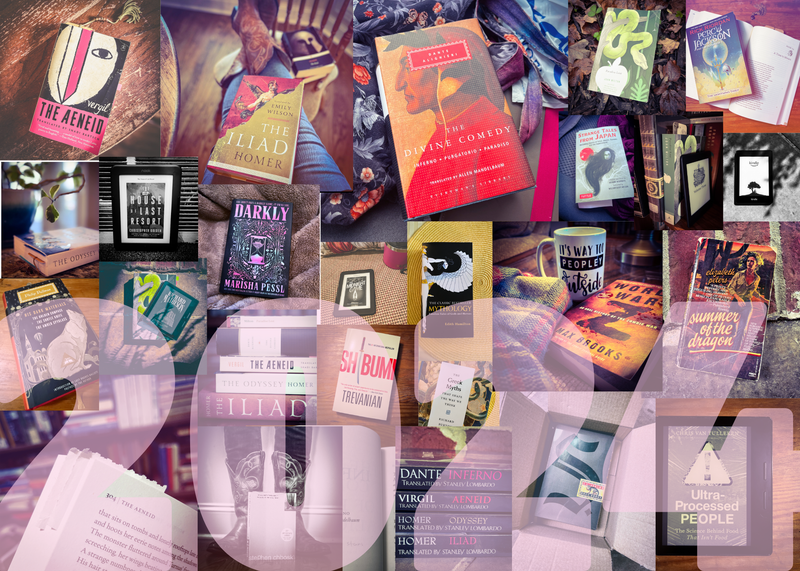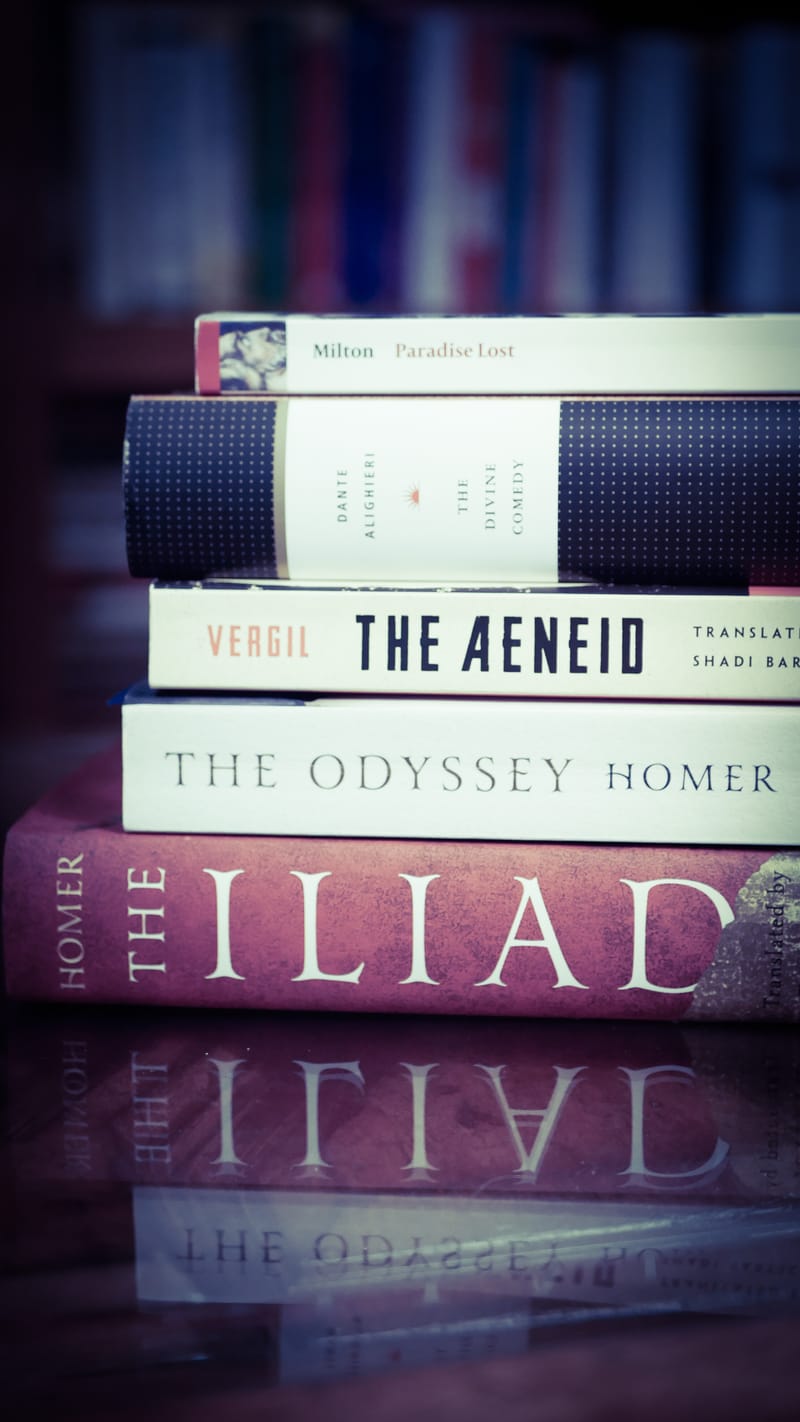Do you have a book that has been sitting on your shelf for years just waiting to be read?
Is there that one book that you always said you would read but still haven’t gotten around to it? Or, maybe it’s just a book that intimidates you. Or one that demands a bit more of your attention, time, or concentration. Whichever book that is for you – and you are probably picturing it now as you read this – that is the perfect book to slow read.
What is slow reading? It’s reading a book that will take you weeks or even months to finish. It’s not rushing and taking your time and just enjoying the journey.
So pick up that book up off your shelf or get yourself a copy and let’s get started…
Summary
- 📔Choose the right book
- 📖Get a physical copy of the book
- 📆Do not set a deadline
- ☀️ Read every day
- 🐢Take your time
How To Practice The Art of Slow Reading
The idea of slow reading may sound intimidating, but it isn’t. Here’s how to practice the art of slow reading…
Choose the right book
What do I mean? You want to pick a book that will take you longer than a few days or even a week. This is a book you are going to invest some time in – weeks, months, or even a year. It should be a book that is more challenging that what you normally read. And by challenging, I mean it intimidates you a little.
You know the one that is for you. It is the one that you always said you would read and never did. It’s that book collecting dust on your shelf because it has been there for so many years. Or that book that has over a thousand pages that you think is too long. It’s the book that intimidates you and you think it might be too difficult. The one that makes you wonder if you have it in you to read it. Yes, that book. “Too long”, “too complicated”, “too challenging”, “too dense”, or “too heavy” are perfect books for slow reading.
"Too long", "too complicated", "too challenging", "too dense", or "too heavy" are perfect books for slow reading.
If you have a little anxiety over it – good! It’s the perfect book for slow reading. Feel the anxiety and read it anyway. It’s okay because when you take your time and slow read, you can handle any challenge.
Get a physical copy of the book.
There are two main reasons I recommend reading a physical copy of the book for your slow read.
First, it is the unique and special quietness that descends when reading a physical book. It is distraction free. It’s just you and the book. There is nothing tracking you – what you are reading, how fast you are reading, or telling you how many more minutes you have in a chapter or how much time left you have in the book. When you close your book or open it, it doesn’t show you advertisements or recommended reading from the store. This distraction-free environment allows for a different sort of quietness that is unique to reading physical books.
Secondly, the journey of reading is visceral with a physical book. It’s not just the feel of the pages or the delicious book smell – you can actually see your journey through the book as you turn the pages. Notice as the your bookmark slowly moves through the book.
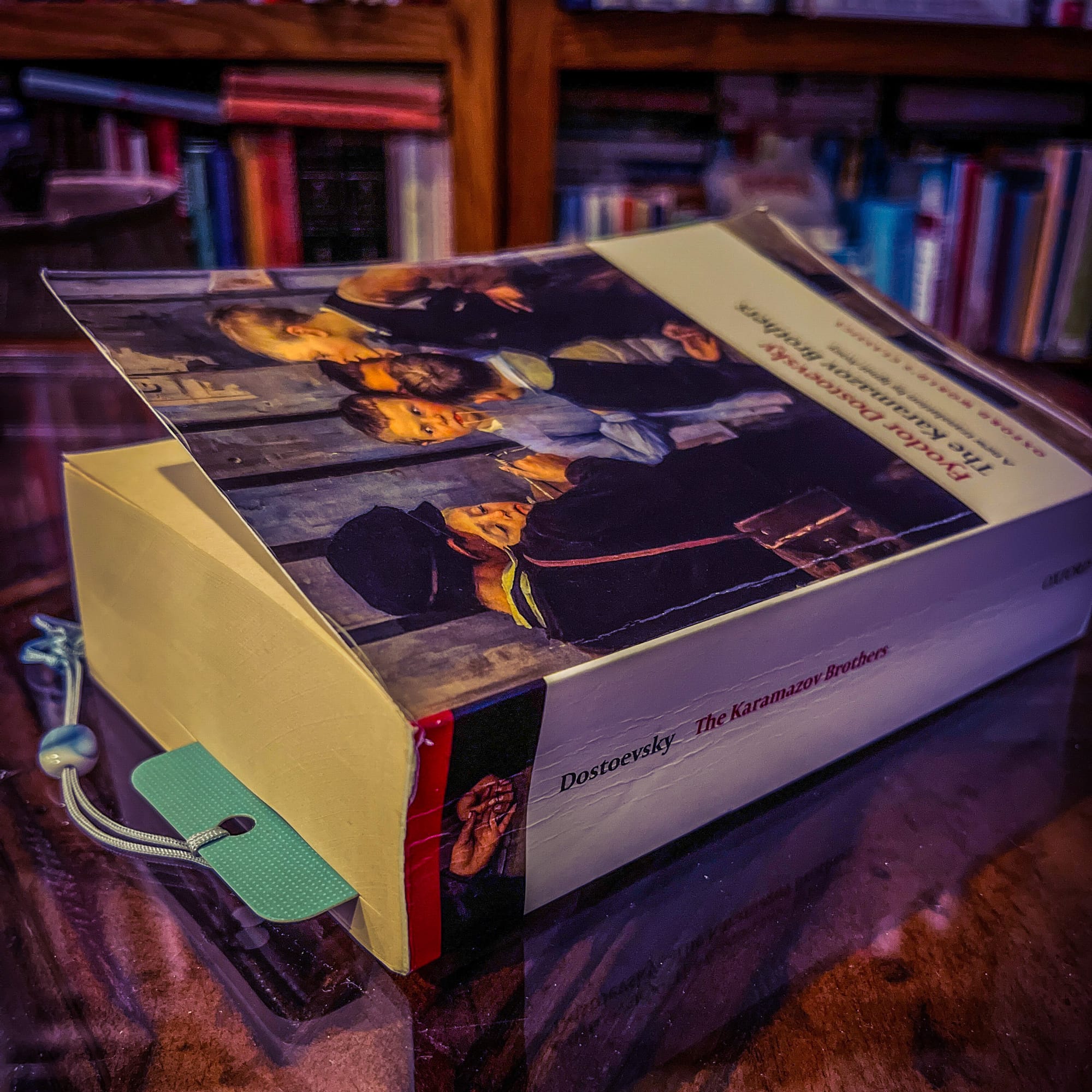
I am not saying you can’t use an e-reader. You can. What I am saying is an e-reader does not give you the full experience of the art of slow reading.
In the end you leave a bit of you behind in a physical copy: in your margin notes, markings, and what you chose to highlight and underline - even with the coffee and food stains at certain areas and the way the spine is worn. A physical book tells not only the story within it’s pages, but also the story of the reader's journey reading it.
Trust me, after weeks or months or even a year slow reading your book, when you finish, you will have a greater sense of accomplishment than if you had read it digitally. You will literally see how far you have come.
Do not set a deadline.
Life is already overwhelmed with so many deadlines to meet. The art of slow reading is about savoring the experience and not feeling rushed. So let go of the deadline.
By letting go of time constrains and deadlines, you to let go of a lot of the stress, anxiety, and pressure. Instead you get just enjoy the journey and focus more on the reading experience. It’s not a race. It is more of an experience to be savored.
So finish the book when you finish it. Don’t set a deadline. This alleviates any sense of rushing and feeling like you have to get it done by a certain time. It might take you weeks, or months, or even a few years to finish. So what! Be okay with finishing it when you finish it.
Keep it really simple. No deadlines. Just pick it up and keep reading it until you get to the end.
Read everyday.
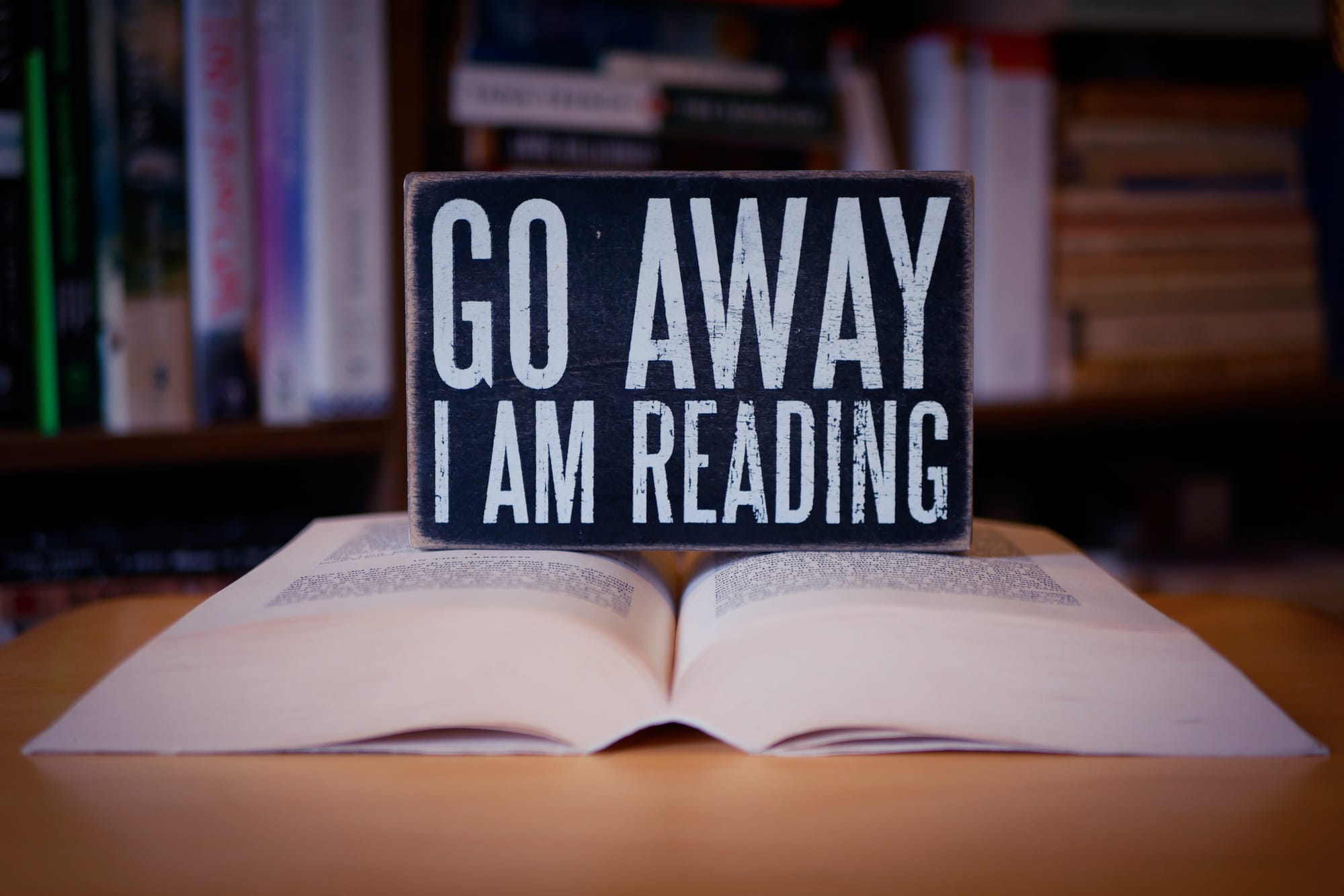
Read in your slow read book every day. There are two main reason to do this: Daily reading in your book keeps the story or information fresh in your mind and it keeps you moving.
You do not have to spend a long stretch of time reading in your book (unless you want to). Depending on the book, opt for a chapter a day or at least a few pages. Alternately, you can set an amount of time you will spend reading that day: 10, 15, 20, or 30 minutes. If you are super busy one day and you only have time to read a page or even a paragraph – that is okay too.
By reading every day you won’t feel lost or forget what is happening because you were just reading it yesterday. Reading everyday also you keep moving forward and making progress.
A book you choose to slow read is usually more challenging, reading it daily keeps you from stalling and/or putting the book down and not picking it back up for years. If you do miss a day or so for whatever reason, then be sure to come back the next day. Do not let more than a day or two pass without reading in your book.
Remember – it doesn’t matter how much you read or how fast you read, just that you do read – and consistently. Every. Day.
Take your time (don't rush).

Slow, steady, and savoring is what slow reading is all about. So take your time. Don’t be in such a hurry to complete the novel that you forget to enjoy it. By taking your time, you can take notes, jot down things that move or amuse you, look up words in the dictionary, and have your own “conversation” with the author or characters.
There will be days when all you have time for is a page and a paragraph. There will be days where you have leisurely hours to read. Either way, don’t feel like you have to race through the book.
Take your time. This frees to really get into and almost live in the story, characters, and ideas in the book because it is a part of your life every day for a long stretch of time.
There is no deadline, remember? So however and whenever you choose to read each day, don’t be in such a hurry to complete the novel book that you forget to actually savor and enjoy it.
In Conclusion
The year before I read quite a few novels and books. However, it is the three books that I slow read that stand out the most: The Brothers Karmazov by Dostoyevsky, Catch 22 by Joseph Heller, and House of Leaves by Mark Danielewski. Many of the other books I read were fun while they lasted but then quickly forgotten. It is the slow read books that are burned in my mind and heart – that I remember as if I just finished them yesterday. They are the books that I feel a great sense of accomplishment and satisfaction in finally having taken the time to read.
So what are you waiting for? Go pick up that book you’ve always wanted to read and start slow reading it today. Don’t stop until you get to the end. And don’t forget to make notes along the way.
Books mentioned in this post:
These are three books I slow read last year mentioned above. They make great slow read books highly recommend them if you are looking for a good slow read:
- The Brothers Karmazov by Fyodor Dostoyevsky (this was the translation I enjoyed)
- Catch-22 by Joseph Heller (this 50th anniversary edition has lots of extra goodies)
- House of Leaves by Mark Z. Danielewski (it’s a completely unique experience unlike any other book)
FURTHER READING
Struggling to find that book you want to slow read? Check out Embarking on a Reading Adventure for some ideas that can guide you to a good slow-read book. Are you still setting goals of how many books to read in a year? That can get in the way of slow reading. To read more about that as well as how to set better goals, check out Cultivating a Deeper Reading Life Through Better Reading Goals.

